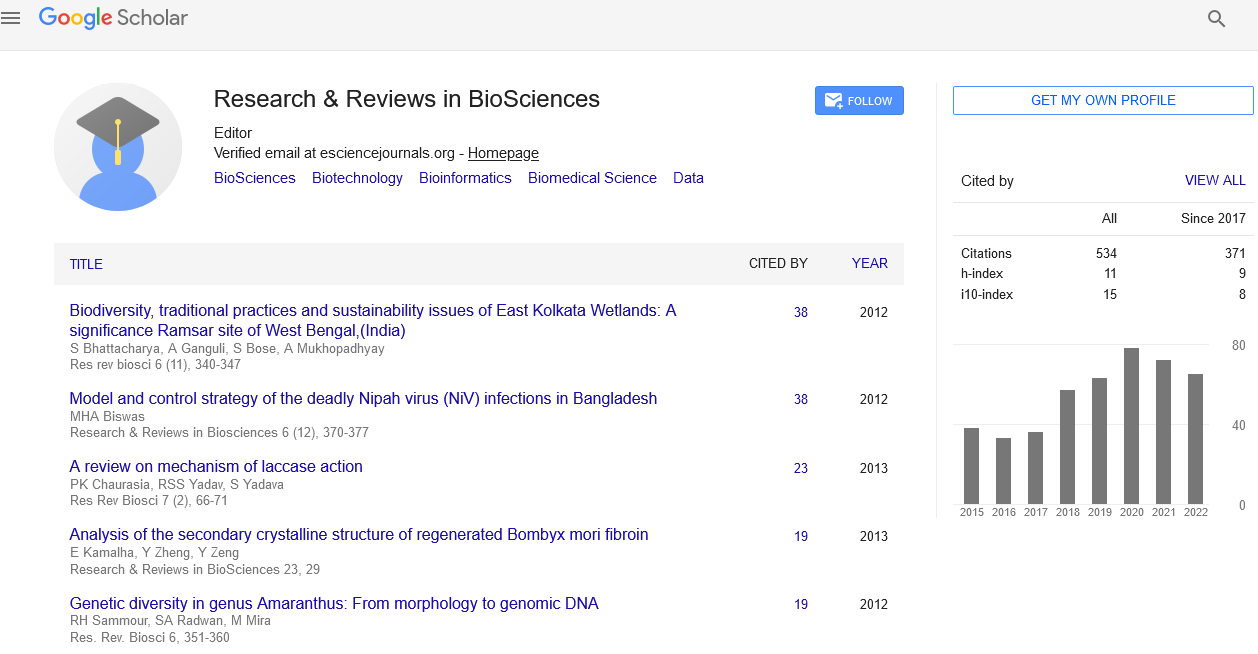Editorial
, Volume: 18( 1) DOI: 10.4172/tsic.2023.18(1).023A Rare Case of delayed Paralysis after Polytrauma
LiMin Cheng* Department of International Business, Providence University, Taiwan
Abstract
A 37-year-old female was haemodynamically stable and had normal neurology when admitted as a trauma call having jumped from the first floor. CT imaging revealed an acute T6 compression fracture (AOSpine classification:A1M2N0), a T10 superior end-plate fracture (A1N0) with no evidence of spinal canal compromise, all were managed conservatively. The following day she became agitated refusing to comply with clinical examination. She developed chest sepsis requiring intubation, ventilation and transfer to intensive care. Upon extubation and weaning of sedation she reported loss of sensation and movement in her legs and a T10 sensory level was confirmed clinically. Her MRI revealed T1 weighted iso-intensity and T2 weighted hyperintensity at the T5-T8 spinal cord level, consistent with the pattern of spinal cord ischemia. The patient then developed complications: autonomic dysreflexia, sacral pressure sores, necrotising fasciitis complicated by ischial tuberosity osteomyelitis. We present a rare case of SCI in a patient with a stable thoracic compression fracture admitted with normal neurology. We suspect watershed ischemia as the infarct primarily involved the central cord. It was unclear when injury occurred due to the initial inability to perform serial neurological examination, followed by prolonged intubation and sedation. The episode of severe chest sepsis was associated with a period of significant hypotension, which we postulate to likely have caused the cord infarction. The diagnosis is by exclusion: the exact culprit cannot be established absenting specific diagnostic investigations revealing the cause. It is important, nonetheless, to monitor polytrauma patients closely for new neurological deficit. Initial trauma to spinal cord is typically secondary to traction and compression forces. Direct compression of neural elements by bone fragments, disc material and ligaments damages both the central and peripheral nerves. Blood vessel damage might also occur, which leads to ischemia. Loss of auto regulation and spinal shock ensues systemic hypotension exaggerating ischemia. In our case, the quadriplegia appeared 4 days after injury, which is unusual. The exact mechanism of SCI in our patient remains a matter of speculation; however, one of the hypothesis is that extension injury of the spinal cord resulted in intimal tear of vessels (anterior spinal artery) supplying it, which acted as a nidus for thrombotic occlusion of vascular supply. This might have resulted in anterior spinal artery syndrome. The hypothesis includes vascular injury, further mechanical insult, infection and immune-mediated injury, (apoptosis).SPAM is a rare disorder, unrelated to syrinx formation or mechanical instability that may gradually emerge within the first 1–2 weeks after a SCI.
Ethnobotany, the study of the relationship between people and plants, offers a fascinating lens through which to explore the cultural, spiritual, and medicinal uses of aromatic flora. Among its many applications, the use of aromatic plants in traditional perfume and incense making stands out as a rich intersection of botany, anthropology, and art. Across civilizations—from ancient Egypt to tribal India—plants have been revered not only for their fragrance but also for their symbolic and therapeutic properties.
